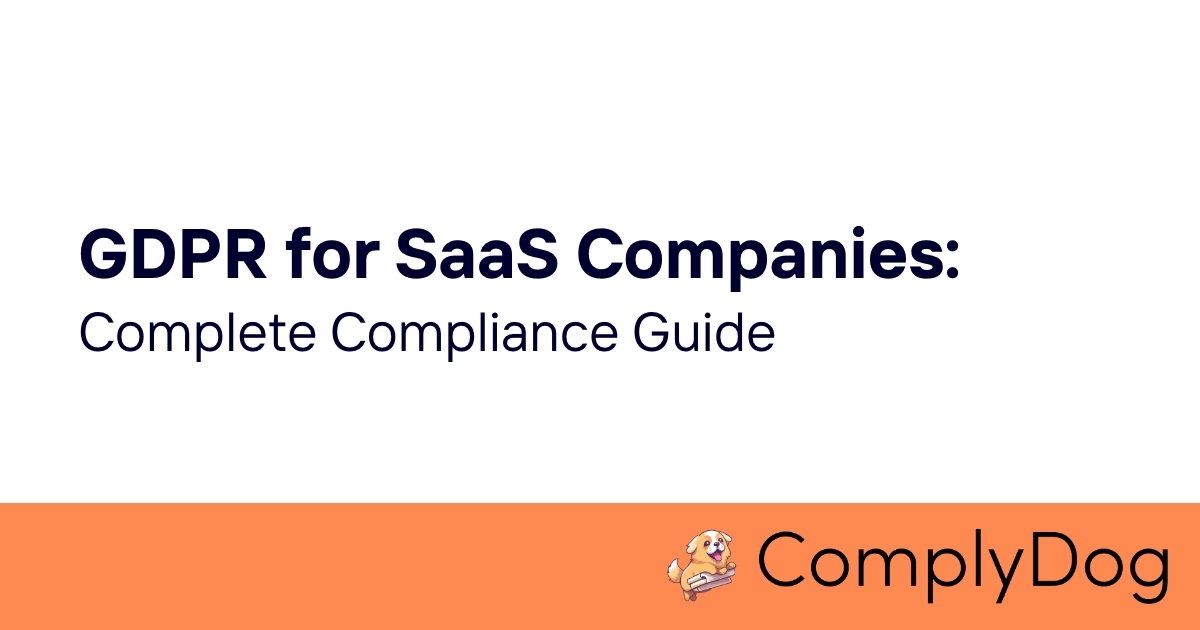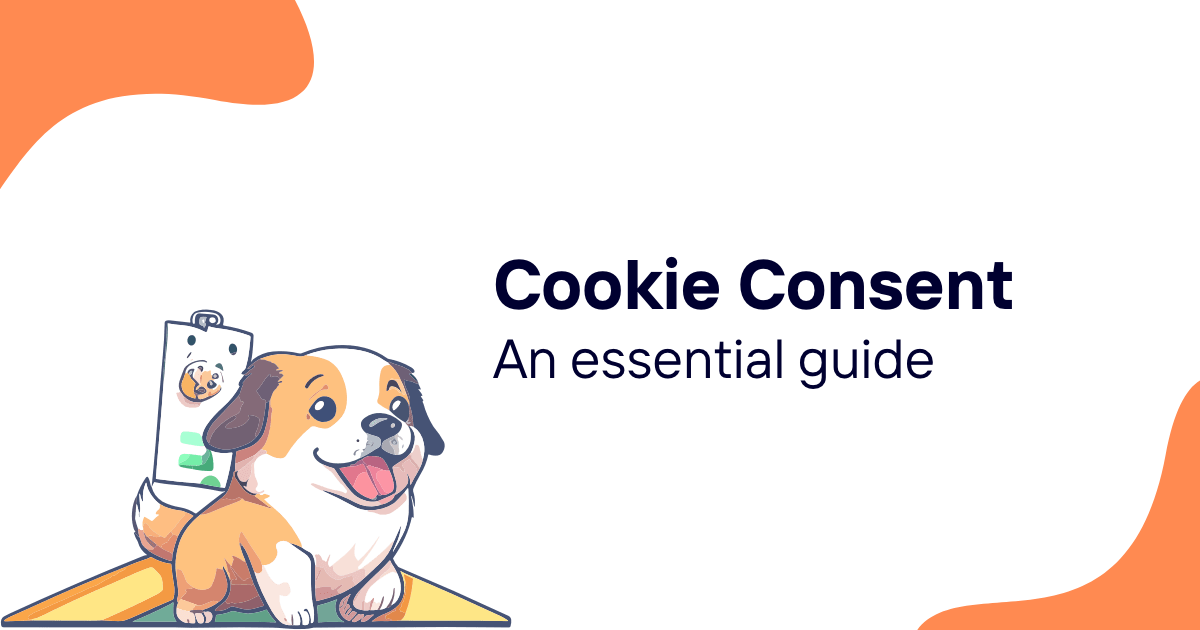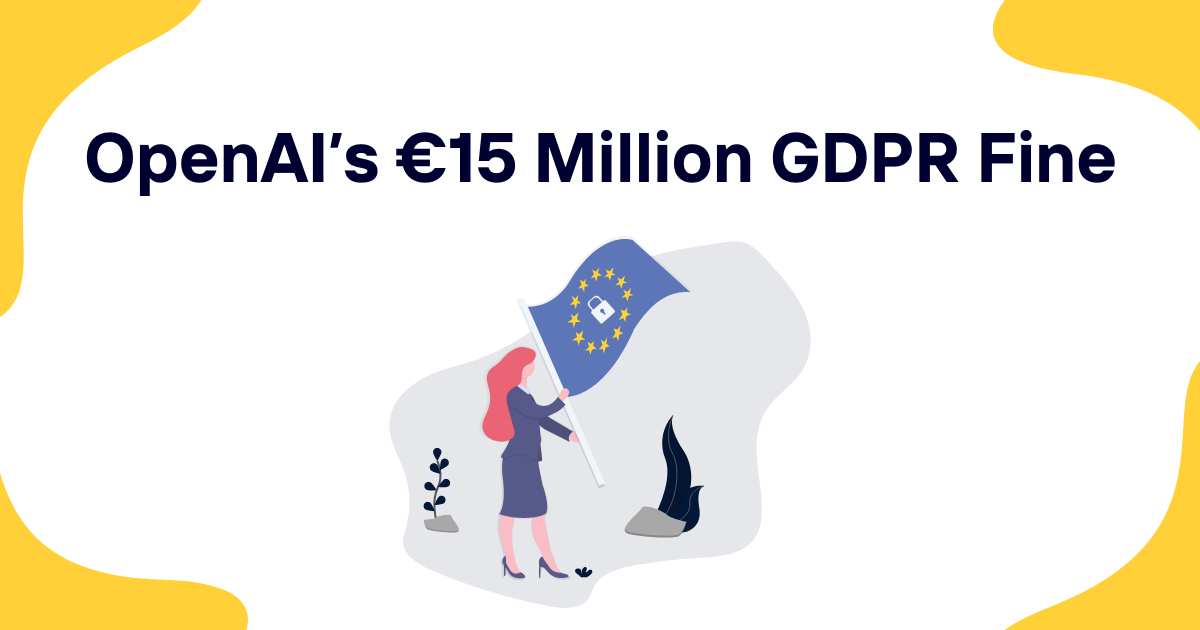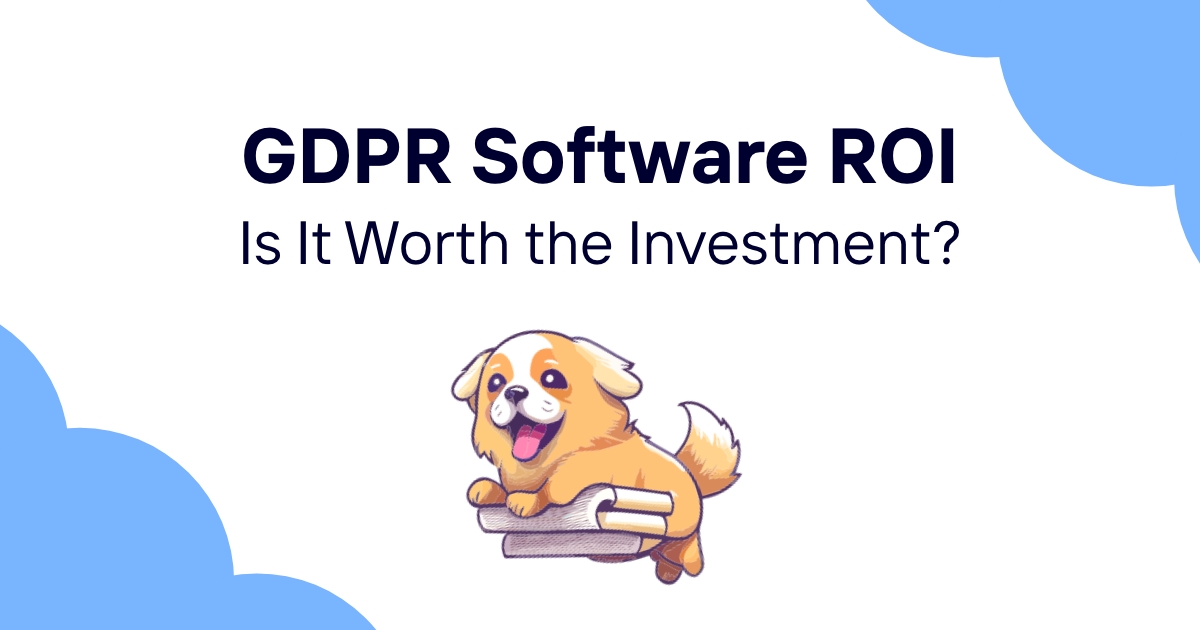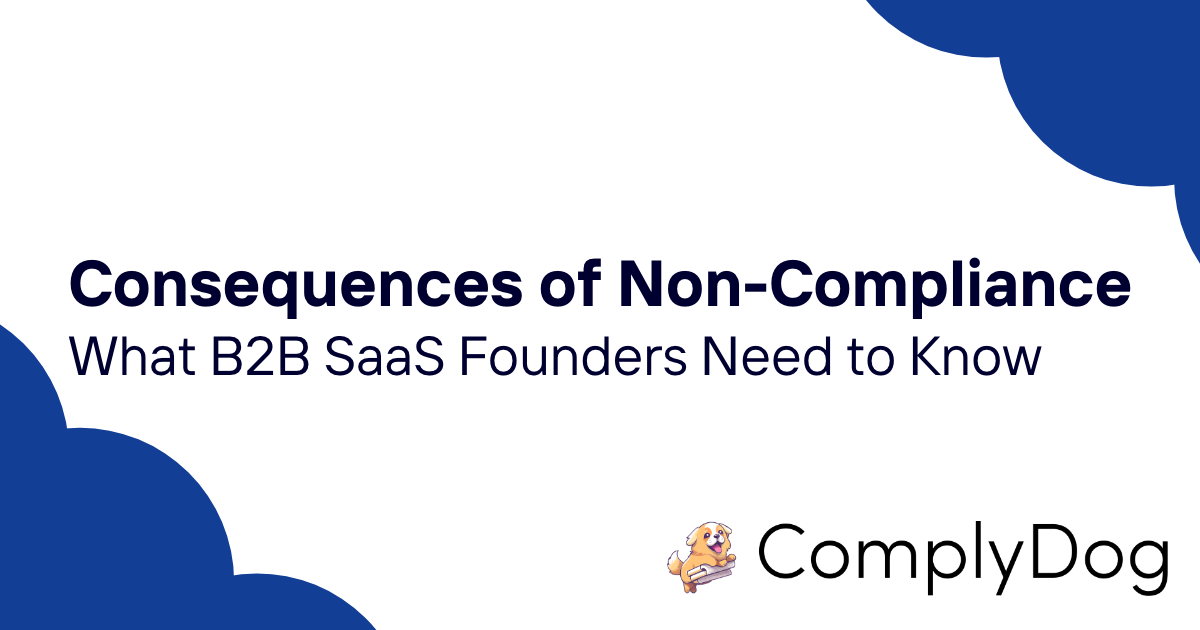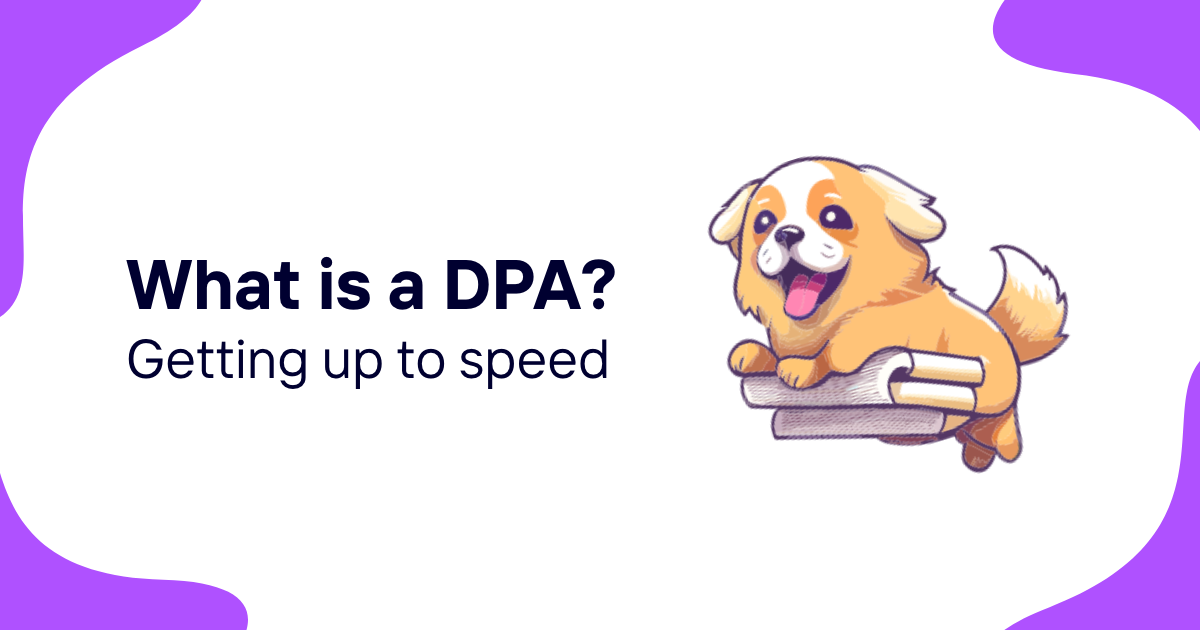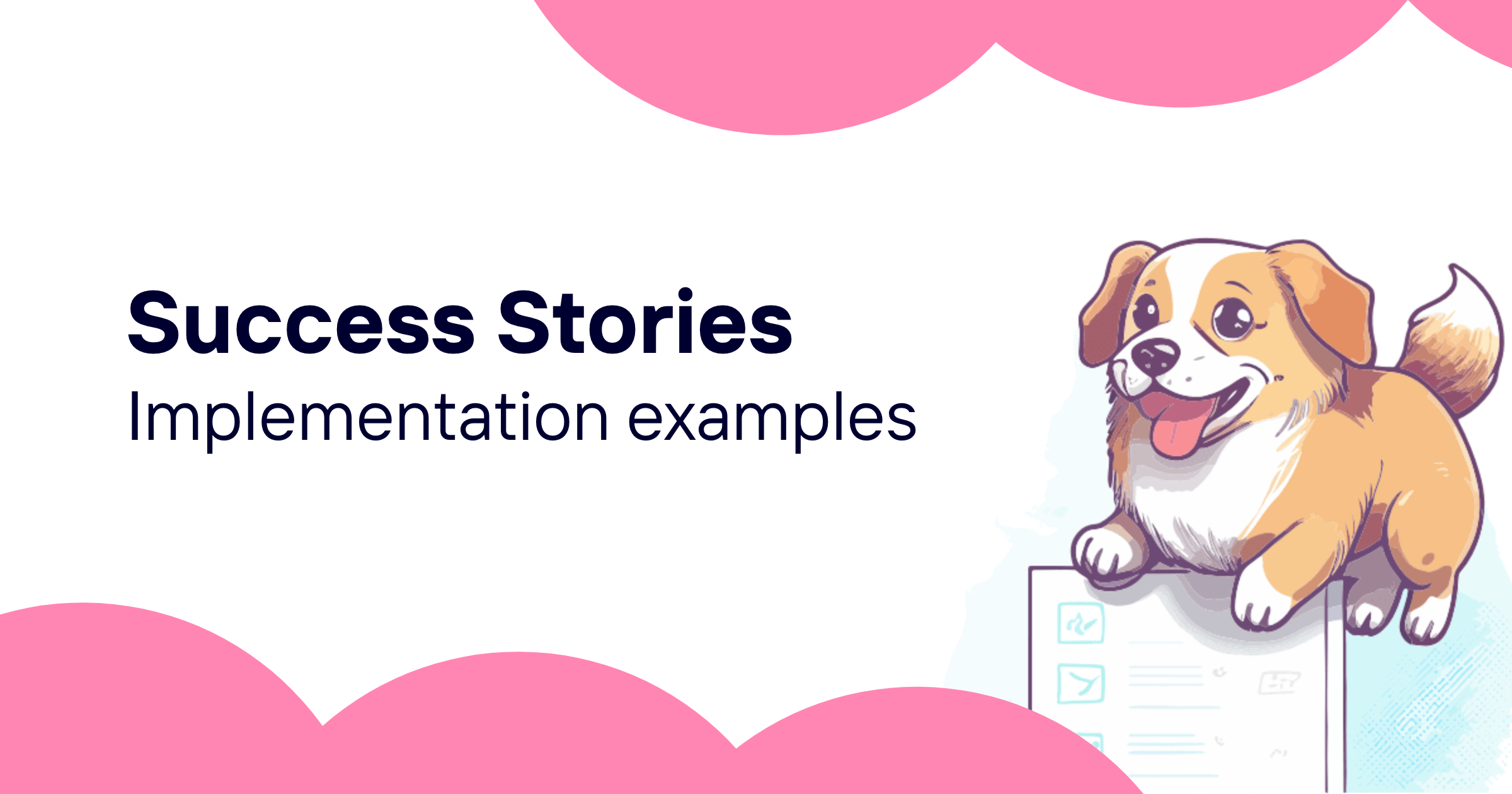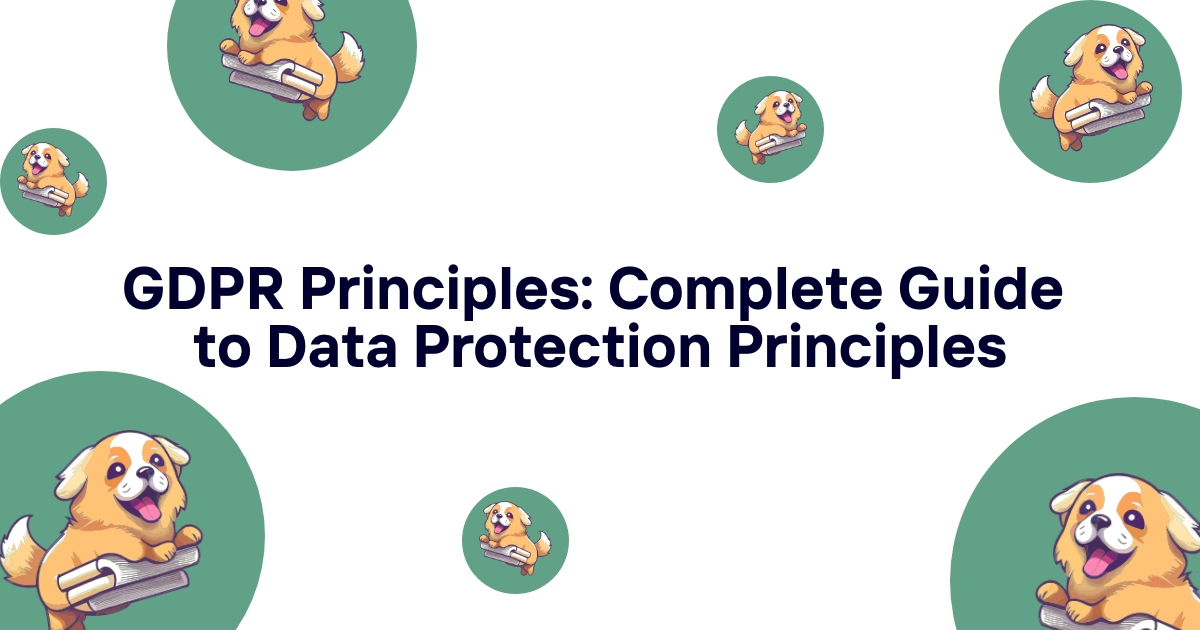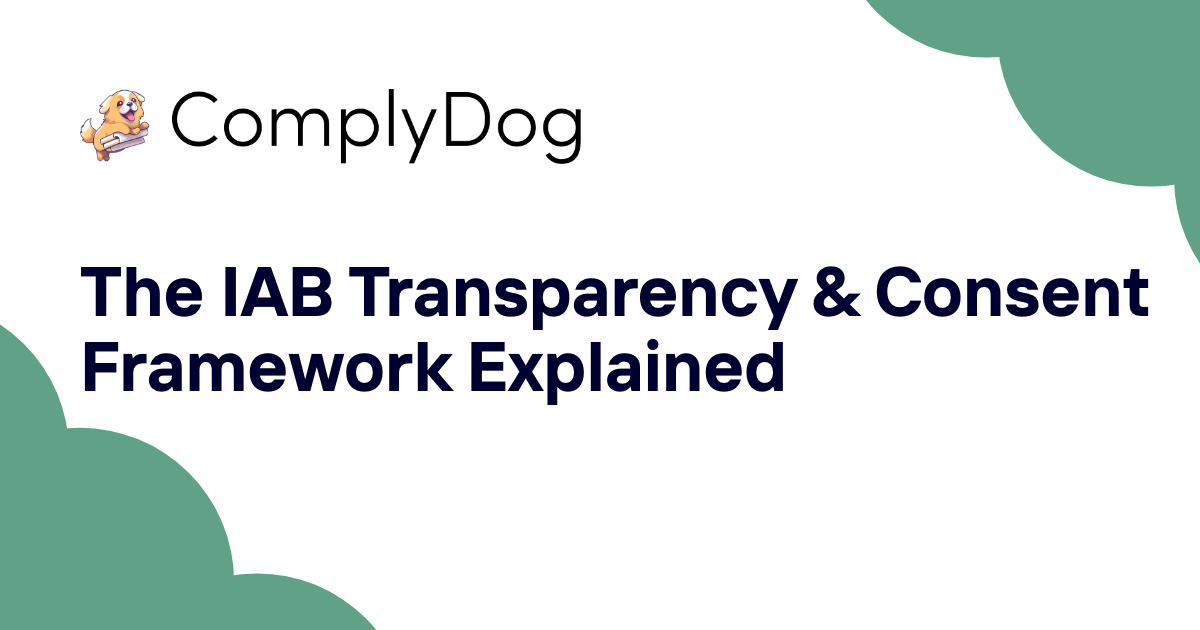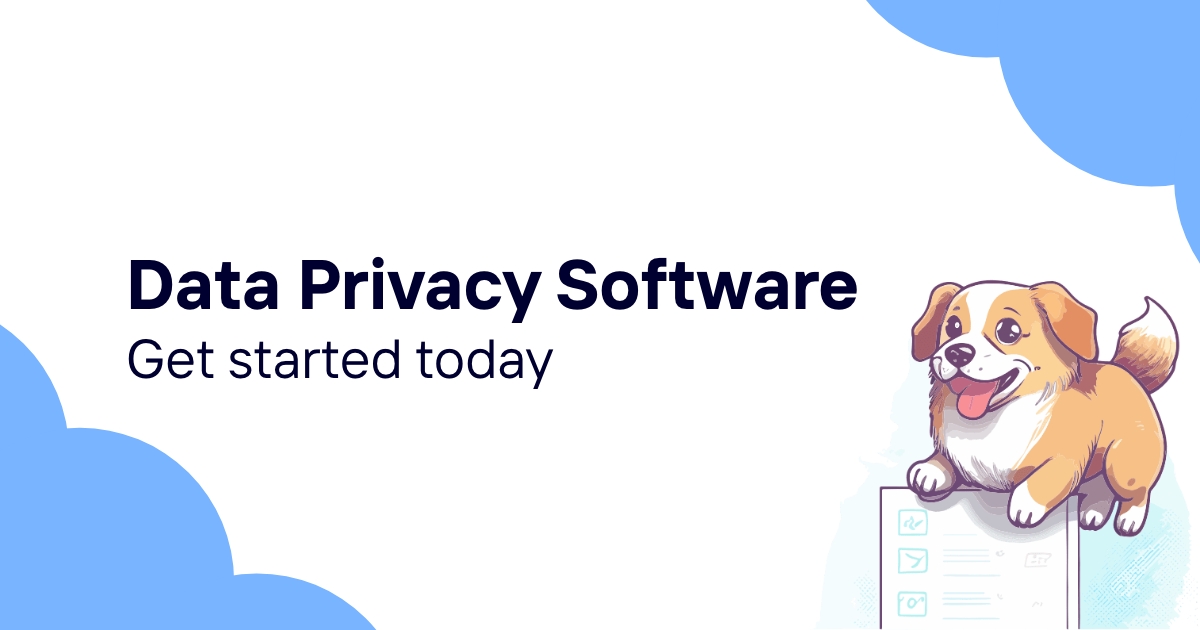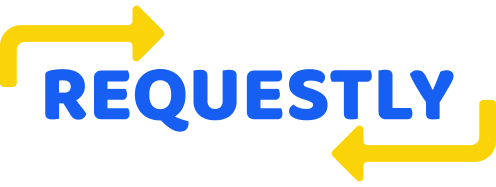SaaS platforms face unique GDPR challenges that traditional businesses don't encounter. Your customers entrust you with their most sensitive data while expecting you to handle their compliance obligations transparently and efficiently.
The complexity multiplies when you're processing personal data for hundreds or thousands of customers, each with different compliance requirements, consent preferences, and regulatory jurisdictions. A single compliance misstep can affect multiple customer relationships simultaneously.
This guide provides SaaS-specific strategies for GDPR compliance that protect your platform while enabling customers to meet their own privacy obligations through your service.
GDPR Requirements for SaaS Providers
Controller vs Processor Determination
SaaS providers typically act as processors when handling customer data according to customer instructions for application functionality and service delivery.
Controller responsibilities emerge when SaaS providers determine processing purposes and means, such as analytics for service improvement or marketing to customer contacts.
Mixed role scenarios require careful analysis when the same data serves both customer-directed purposes (processor role) and provider-determined purposes (controller role).
Clear role definition affects liability allocation, compliance obligations, and contractual arrangements with customers who rely on your service.
Legal Basis Complexity
Customer-directed processing usually relies on legal bases determined by customers, but SaaS providers must ensure processing instructions are lawful and adequately documented.
Provider-initiated processing requires independent legal basis determination including consent management, legitimate interest assessment, or contractual necessity evaluation.
Third-party integrations often create additional legal basis requirements when customer data flows to external services for functionality or analytics purposes.
Consent management becomes complex when multiple parties need consent for different processing purposes within integrated software ecosystems.
Data Processing Agreement Requirements
Comprehensive DPAs must address all processing activities including core application functionality, data analytics, backup procedures, and security monitoring.
Subprocessor management requires clear authorization procedures for engaging third-party services that support SaaS platform operations.
Security requirements should specify technical and organizational measures appropriate for multi-tenant environments and customer data protection needs.
International transfer provisions must address data flows between different geographic regions where SaaS infrastructure operates.
Compliance Documentation
Processing activity records must comprehensively document all customer data handling including purposes, categories, recipients, and retention periods.
Security documentation should demonstrate appropriate technical measures for multi-tenant architecture and customer data segregation.
Incident response procedures must address customer notification requirements and coordination between provider response and customer compliance obligations.
Training records should document staff education on GDPR requirements and customer data handling procedures.
SaaS Data Processing Scenarios
Core Application Functionality
Primary service delivery typically involves processing personal data according to customer instructions for application features and user management.
User authentication and authorization processing requires careful attention to credential management, session handling, and access control implementation.
Data storage and retrieval functionality must implement appropriate security measures and customer data segregation in multi-tenant environments.
Application analytics that improve customer experience might require separate legal basis evaluation beyond customer instruction processing.
Customer Support Activities
Support ticket management often involves accessing customer personal data to troubleshoot issues or provide technical assistance.
Screen sharing and remote access support creates temporary processing that requires appropriate security controls and access limitations.
Knowledge base development from support interactions might create derived data requiring separate consent or legitimate interest evaluation.
Customer communication through support channels requires attention to marketing consent and communication preference management.
Platform Analytics and Optimization
Service improvement analytics using aggregated customer data typically qualifies for legitimate interest processing with appropriate anonymization safeguards.
Performance monitoring that includes personal data requires balancing service optimization benefits with individual privacy rights.
Usage analytics for product development might require customer consent when processing goes beyond service delivery optimization.
Predictive analytics for customer retention or expansion typically requires explicit consent or carefully documented legitimate interest assessment.
Backup and Disaster Recovery
Data backup procedures must maintain same security standards as production systems while enabling recovery capabilities.
Cross-border backup storage requires appropriate transfer mechanisms and consideration of data localization requirements.
Disaster recovery testing involving personal data requires minimization techniques and appropriate access controls.
Data retention in backup systems must align with customer retention policies and individual deletion rights.
Customer Data Protection Obligations
Data Processor Responsibilities
Processing instructions compliance requires implementing customer directives while ensuring lawfulness and technical feasibility.
Security measure implementation must meet or exceed contractual commitments while adapting to evolving threat landscapes and regulatory guidance.
Confidentiality obligations extend to all staff with access to customer data including contractors, support personnel, and administrative users.
Deletion and return procedures must enable customers to retrieve or destroy their data when relationships end or upon specific request.
Individual Rights Support
Data access facilitation requires providing customers with tools and information needed to respond to data subject requests efficiently.
Correction and update mechanisms should enable customers to modify personal data while maintaining data integrity and audit trails.
Deletion capabilities must enable comprehensive data removal while considering backup retention and legal preservation requirements.
Portability support requires enabling data export in structured, commonly used formats that facilitate customer compliance.
Customer Compliance Assistance
Privacy notice accuracy requires ensuring customers have correct information about SaaS provider processing for their own privacy policy development.
Consent management support might include APIs or interfaces that enable customers to implement granular consent controls.
Audit assistance should provide compliance documentation and access needed for customer regulatory reporting and verification activities.
Incident notification procedures must enable timely customer awareness of security incidents affecting their data.
Multi-Customer Scenarios
Data segregation ensures personal data from different customers remains separate and appropriately access-controlled throughout processing.
Shared resource security prevents unauthorized access between different customer environments in multi-tenant architectures.
Customer-specific configurations enable different privacy settings, retention periods, and security measures based on individual customer requirements.
Compliance variance accommodation addresses different regulatory requirements when customers operate in multiple jurisdictions.
Multi-Tenant Architecture Compliance
Data Segregation Strategies
Logical segregation through database schemas and access controls provides cost-effective separation while maintaining operational efficiency.
Physical segregation using dedicated infrastructure offers enhanced security for customers with high-risk processing or regulatory requirements.
Encryption-based segregation enables shared infrastructure while maintaining data confidentiality through customer-specific encryption keys.
Network segregation prevents unauthorized access between customer environments through network-level controls and monitoring.
Access Control Implementation
Role-based access controls limit staff access to customer data based on job functions and business necessity.
Customer-specific access restrictions prevent unauthorized viewing of personal data belonging to other customers.
Privileged access management provides enhanced controls and monitoring for administrative accounts with broad system access.
Audit trail maintenance documents all access to customer personal data for compliance verification and incident investigation.
Security Monitoring
Real-time monitoring systems detect unusual access patterns or potential security incidents affecting customer data.
Customer-specific alerting enables targeted notification when security events affect particular customer environments.
Incident isolation procedures prevent security incidents from affecting multiple customers simultaneously.
Forensic capability enables detailed investigation of security incidents while maintaining customer data confidentiality.
Performance and Scalability
Resource allocation ensures compliance controls don't compromise application performance or customer experience.
Scalability planning addresses compliance system capacity requirements as customer base and data volumes grow.
Geographic distribution considerations balance performance optimization with data localization and transfer requirements.
Disaster recovery capabilities maintain compliance controls and customer data protection during infrastructure failures.
API and Integration Security
API Security Controls
Authentication mechanisms ensure only authorized parties can access customer data through API interfaces.
Authorization controls limit API access to specific data and functions based on caller identity and permissions.
Rate limiting prevents abuse and protects against denial-of-service attacks that could compromise data availability.
Input validation protects against injection attacks and malformed requests that could compromise data integrity.
Third-Party Integration Management
Partner vetting processes evaluate third-party security and compliance capabilities before enabling integration access.
Data flow documentation tracks personal data movement between integrated systems and third-party services.
Integration monitoring detects unusual data access patterns or potential security incidents in connected systems.
Contract management ensures third-party integrations include appropriate data protection and security requirements.
Customer Integration Support
Developer documentation provides guidance on secure integration practices and data protection requirements.
SDK security ensures customer applications can integrate securely without compromising personal data protection.
Webhook security protects data transmitted to customer systems through event notification mechanisms.
Integration testing helps customers verify their implementations meet security and compliance requirements.
Data Minimization
API design principles include data minimization to ensure integrations access only necessary personal data.
Granular permissions enable customers to limit integration access to specific data types or processing functions.
Data filtering capabilities allow customers to control what personal data is shared with integrated third-party services.
Purpose limitation ensures integrations use personal data only for authorized purposes specified in integration agreements.
SaaS-Specific Privacy Controls
Customer Configuration Options
Privacy setting dashboards enable customers to configure data retention, processing preferences, and security controls.
Granular consent management allows customers to implement sophisticated consent frameworks appropriate for their business models.
Data processing controls enable customers to specify purposes, legal bases, and limitations for personal data processing.
Geographic controls allow customers to specify data residency requirements and transfer restrictions.
Automated Compliance Features
Data retention automation implements customer-specified retention periods and deletion schedules without manual intervention.
Consent expiration tracking automatically identifies when consent renewals are needed and provides appropriate notifications.
Individual rights automation enables efficient processing of access, correction, and deletion requests.
Compliance reporting generates documentation needed for customer regulatory reporting and audit activities.
Transparency and Control
Processing activity visibility provides customers with detailed information about how their data is being processed.
Data flow documentation shows customers exactly where their personal data is stored and processed.
Security status reporting keeps customers informed about security measures and any incidents affecting their data.
Audit log access enables customers to review access and processing activities for compliance verification.
Privacy-Enhancing Technologies
Encryption in transit and at rest protects customer data throughout processing and storage lifecycle.
Pseudonymization capabilities enable analytics and processing while reducing personal data exposure risks.
Anonymization tools help customers create non-personal datasets for research and analytics purposes.
Privacy-preserving analytics enable service improvement while maintaining individual privacy protection.
Customer Compliance Support
Documentation and Reporting
Processing documentation provides customers with detailed information needed for their own Article 30 records and privacy policies.
Security certification sharing enables customers to demonstrate due diligence in vendor selection and oversight.
Compliance questionnaire responses help customers assess SaaS provider capabilities during procurement and audit activities.
Incident reporting provides timely notification and detailed information about security incidents affecting customer data.
Training and Education
Customer training programs help users understand privacy features and implement appropriate data protection measures.
Best practice guidance assists customers in configuring privacy controls and implementing compliant data processing workflows.
Webinar series and documentation keep customers current with privacy features and regulatory developments.
Community forums enable customers to share privacy implementation experiences and learn from peer practices.
Technical Assistance
Implementation support helps customers configure privacy controls and integrate compliance features into their workflows.
API documentation and examples enable customers to build compliant integrations and automate privacy processes.
Security configuration guidance helps customers optimize privacy settings for their specific use cases and regulatory requirements.
Troubleshooting assistance ensures privacy features work correctly and don't interfere with business operations.
Regulatory Interaction Support
Audit assistance provides documentation and access needed when customers face regulatory investigations or assessments.
Penalty calculation support helps customers understand potential exposure and implement risk reduction strategies.
Expert witness services might be available for customers facing complex regulatory proceedings requiring technical testimony.
Regulatory relationship management helps customers navigate supervisory authority interactions with confidence and appropriate preparation.
SaaS GDPR Implementation Roadmap
Phase 1: Foundation Building
Legal framework assessment determines controller vs processor roles for all processing activities and establishes appropriate compliance obligations.
Data mapping inventory identifies all personal data processing including customer data, employee data, and marketing data.
Security baseline implementation ensures fundamental technical and organizational measures meet GDPR requirements.
Staff training provides essential privacy education for all personnel with access to personal data.
Phase 2: Customer-Facing Features
Privacy control development implements customer configuration options for data retention, consent management, and processing preferences.
Individual rights automation builds efficient systems for handling access, correction, and deletion requests.
Documentation creation provides customers with detailed information about processing activities and security measures.
Integration security enhances API and third-party connection security with privacy-specific controls.
Phase 3: Advanced Compliance
Privacy-enhancing technology implementation includes encryption, pseudonymization, and anonymization capabilities.
Automated compliance reporting generates regular summaries of processing activities and compliance status.
Advanced monitoring systems detect privacy risks and potential compliance issues before they become violations.
Customer success programs ensure clients successfully implement privacy features and achieve compliance objectives.
Phase 4: Continuous Improvement
Regular compliance assessment identifies areas where additional improvements might enhance privacy protection or customer satisfaction.
Technology evolution planning ensures privacy controls advance with new platform features and technical capabilities.
Regulatory monitoring tracks enforcement trends and guidance that might affect SaaS privacy requirements.
Industry collaboration shares best practices and develops standards that benefit the entire SaaS ecosystem.
GDPR compliance for SaaS platforms requires sophisticated approaches that balance provider obligations with customer needs while maintaining technical efficiency and business viability. Organizations that invest in comprehensive SaaS privacy programs typically experience better customer relationships and competitive advantages.
Effective SaaS GDPR implementation provides essential protection while enabling customer success and business growth through privacy-conscious service delivery.
Ready to implement comprehensive SaaS GDPR compliance? Use ComplyDog and access SaaS-specific compliance tools, customer support features, and automated privacy controls that support effective GDPR implementation across multi-tenant platforms.
